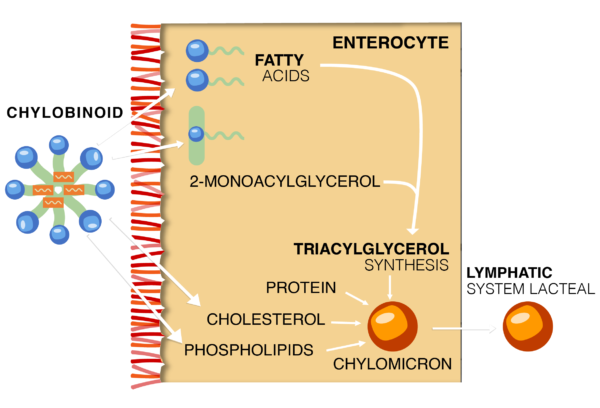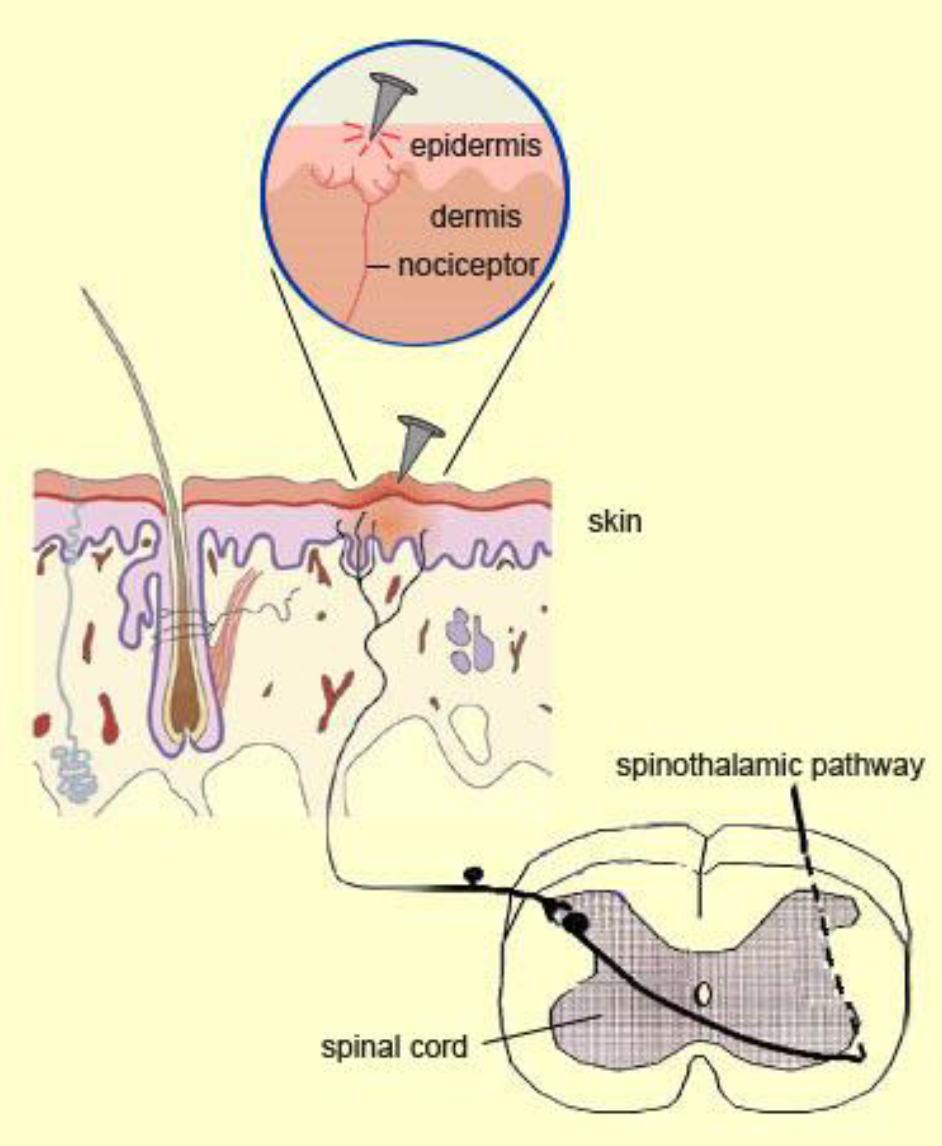Chylobinoid
How we compare ourselves to CBD

Greater Potency

Better Absorption

Enhanced Bioavailability

What is Chylobinoid?
Chylobinoid is offered as a premium product consisting of 70% CBDa, approximately 5% cannabidiol (CBD), 5% other cannabinoids, 4% magnesium, and naturally occurring plant lipids. This unique formula provides a convenient means of delivering consistent, effective and safe dosing. Chylobinoid-containing products offer significant healthful advantages over conventional medicinal cannabinoids.
We employ a series of proprietary extraction and filtration processes to produce Chlyobinoid from hemp. These processes are efficient, green and scalable.
We use a common solvent to extract the cannabinoids from ground hemp flower. This extraction process preserves the full spectrum of cannabinoids found in the flower (by avoiding the conversion of CBDa to CBD) and introduces no chlorophyll or other unwanted water-soluble materials to the extract.
We use our proprietary chemistry to homogenize the extract, which we filter to remove any unwanted material. We treat the resultant filtrate with salts to create a lightly colored powder, which we filter and dry under high vacuum to produce Chlyobinoid.
The process is highly efficient, with capture of almost all of the cannabinoids in the hemp flower.
Chylobinoid’s Advantage
Chylobinoid has greater potency and better absorption than standard hemp products. Chylobinoid’s innovative structure and properties help the body absorb it efficiently.
Chylobinoid is designed to bypass the liver, which acts as a filter against hemp extract, and significantly reduces the amount of CBD that reaches the bloodstream (only about 8% of orally administered hemp extract is absorbed into the bloodstream). Chylobinoid is absorbed into the blood stream via the lymphatic system, which should boost their bioavailability to 40% or more. Chylobinoid is fashioned after a chylomicron which is a naturally produced lipoprotein particle that transport fats and cholesterol into the bloodstream through the lymphatic system.13
For the creams and lotions, the combination of magnesium and the raw hemp cannanbinoid complex imparts enhanced amphiphilicity (i.e. the ability to dissolve in water and oil) to the chylobinoid and thereby allowing a deeper penetration into the skin and a more effective reach to the site of inflammation and pain.
Providing a convenient means of delivering consistent and safe dosing, Chylobinoid-containing products offer significant healthful advantages over conventional cannabinoids –



Chylobinoid is designed to impart its anti-inflammatory and analgesic effects deeper into the dermis and deeper soft tissues where inflammation and pain signaling arise.
Incidence and economic consequences of chronic pain:
- Chronic pain affects between 50 and 116 million American adults.
- Between $560 and $635 billion lost annually due to medical expenses and lost productivity
How is pain felt?
Sensory neurons continuously “taste their environment” and will transmit a pain signal to the brain when injury or inflammation are occurring in their anatomical location.
- In the body’s periphery, there are nerves near the skin (these are called A-fibers and C-fibers)
Nociceptors (receptors on a nerve cell) in these A and C fibers are excited by molecules secreted by injured cells nearby
- Cyclooxygenase-2 (COX-2) is expressed in response to injury to a cell and is directly responsible for prostaglandin production
- Prostaglandin is responsible for the production of cytokines which are linked to the excitation of nociceptors which ultimately leads to the sensation of pain

How is pain relieved?
Cannabinoids reduce pain in 4 major ways:
- Excitation of the nociceptors is regulated by cannabinoid receptors as part of the natural endocannabinoid system (ECS). Topically applied cannabinoids sensitize these receptors to endogenous endocannabinoids, reducing excitation as well as pain signaling
- Cannabinoids, and CBDa (cannabidiolic acid) in particular, selectively inhibit COX-2 enzymes and prostaglandin production resulting in reduced inflammation and pain
- Other pain local receptors (e.g., NMDA, PPAR, IL-6, etc.) are positively affected by cannabinoids which additionally desensitizes peripheral nociceptors to painful stimuli
- Studies have demonstrated that orally administered cannabinoids also reduce chronic pain through improvement of patient reported quality of life and quality of sleep.
How do topical pain relievers work?
Pain relievers applied to skin need to penetrate through the epidermis into the dermis and then permeate targeted areas (e.g., nociceptors and other receptors) in quantities sufficient to exert a therapeutic effect.
- The epidermis, with its tightly packed keratin, serves as a barrier to prevent molecules from penetrating to the dermis. But properly formulated molecules can penetrate the epidermis.
- The deeper into the dermis analgesic molecules penetrate, the more nociceptors and receptors are affected.
- Sometimes the compounds can reach the micro-vasculature (tiny blood vessels in the dermis), which allows the analgesic compound to reach even deeper tissue.
- With advanced formulations, the analgesic can reach the synovia (the soft tissue surrounding joints, tendon sheaths, and bursae), where even more secretory cells and nerve fibers are.
Why is Chylobinoid® so special?
Chylobinoid® is primarily a magnesium coordinated CBDa complex and, therefore, is designed to impart its anti-inflammatory and analgesic effects deeper into the dermis (through the epidermis) and deeper soft tissues where inflammation and pain signaling arise.
- Chylobinoid’s® analgesic effects are maximized because of the relatively dense expression of cytokine secreting cells, nociceptors and microvasculature within the dermis.
- The epidermis is multiple layers of a combination of water repellant membranes and water. A mineral coordinated complex, like Chylobinoid®, can switch from being water soluble to membrane penetrating and, therefore, has a unique ability to adapt to its environment such that penetration through the epidermis and dispersion into the dermis is facilitated.
